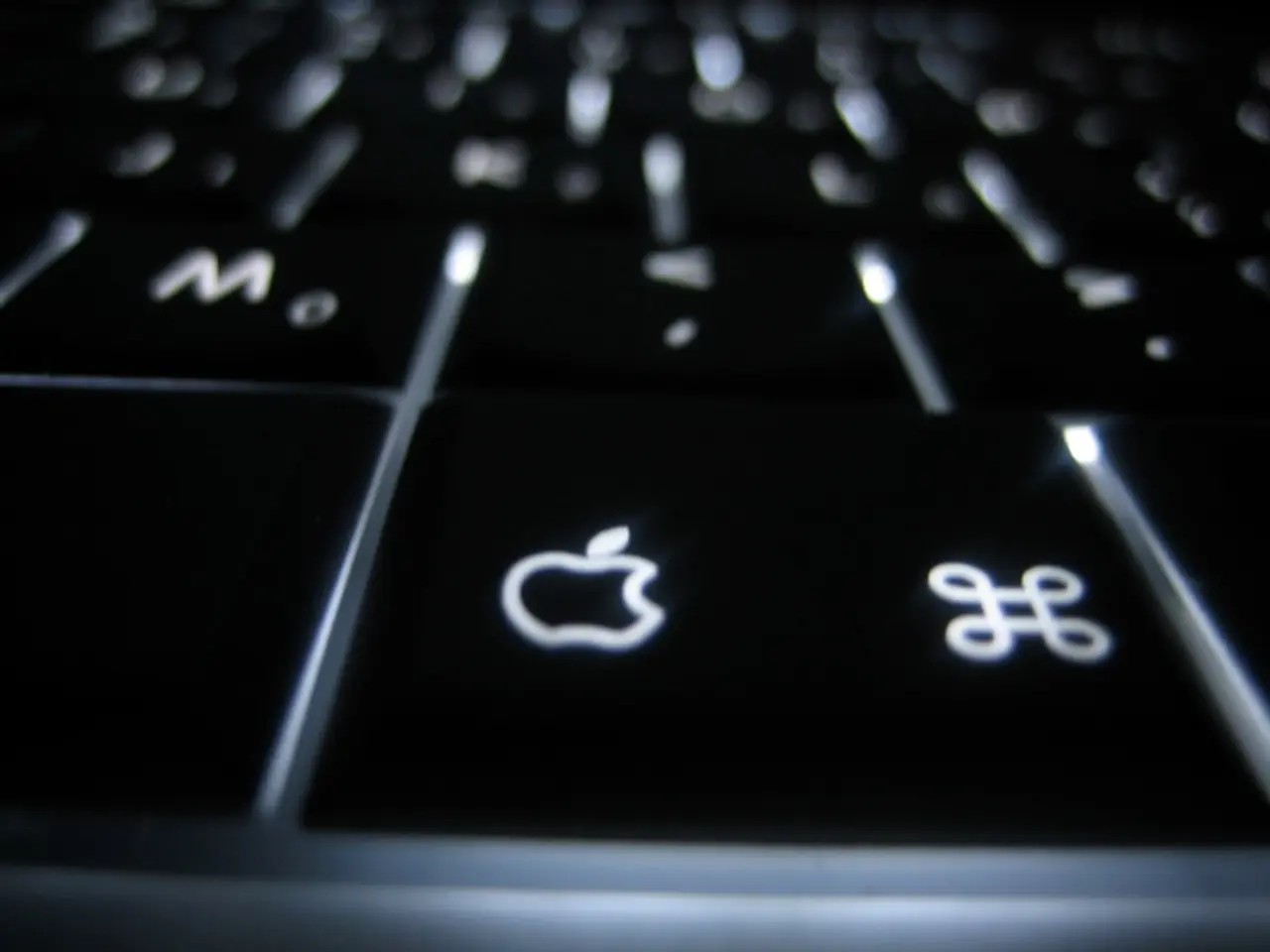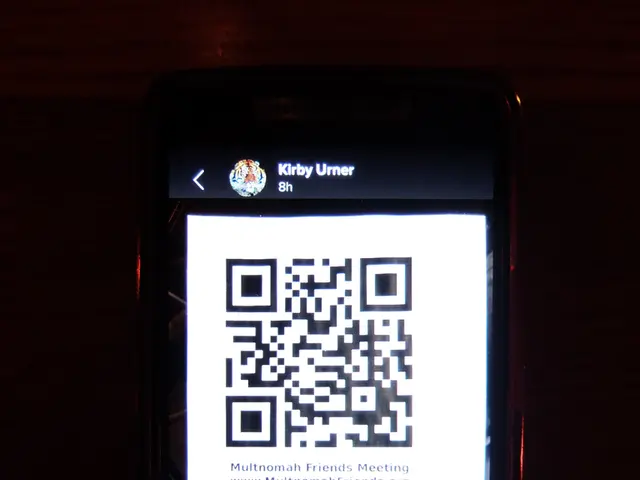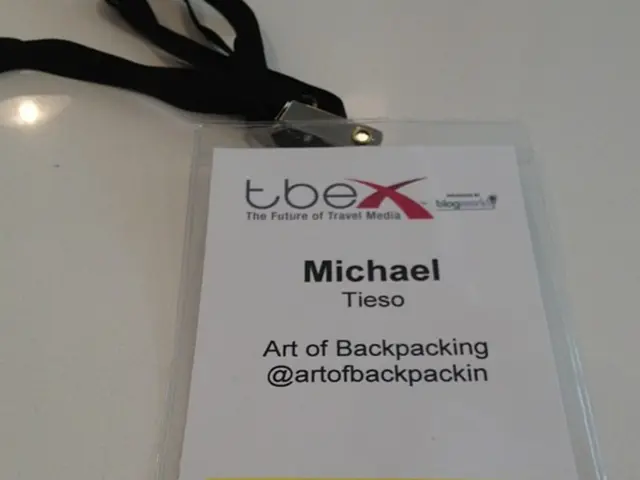Man purchases 7,000 Apple computers for resale, but Apple seizes them and arranges for their destruction
In the early 1980s, Apple, the tech giant we know today, made a decision that would leave a lasting mark on its history. The company decided to destroy over 7,000 unsold Apple Lisa computers in 1989 by burying them in a landfill in Logan, Utah [1][3].
Introduced in 1983, the Apple Lisa was a pioneering computer, featuring one of the first graphical user interfaces (GUI) [6]. However, the Lisa was doomed from the start due to its high price (nearly $10,000) and technical problems, especially after the cheaper Macintosh launch in 1984 [4].
An entrepreneur named Bob Cook saw an opportunity to acquire the remaining Apple Lisa units and struck a deal with Apple to buy up to 7,000 machines [2]. Cook's company, Sun Remarketing, had previously helped Apple move surplus units of the Apple III [7]. Cook invested over $200,000 into research and development to improve both the hardware and the operating system of the Apple Lisa, resulting in the Lisa Professional [5].
However, in September 1989, Apple demanded the immediate return of all remaining units, with no clear explanation [3][5]. Facing Apple’s strong legal position, Cook complied, and Apple arranged to crush and bury all 7,000 units instead of allowing refurbished or modified machines to circulate [3][5].
This episode reveals several key facets of Apple’s early struggles:
- Balancing innovation and commercial viability: The Lisa was ahead of its time technologically, but its cost and reliability undermined market success.
- Corporate control versus entrepreneurial efforts: Apple chose to assert tight control over its brand and product image, even at the cost of destroying potentially usable inventory refurbished by a partner.
- Reputation management: The destruction likely reflected concern about quality and image, avoiding risks from second-hand or modified units harming the Apple brand.
- Environmental contradictions: The wasteful destruction contrasts sharply with Apple's much more recent emphasis on environmental responsibility and product sustainability [1][3][5].
The story of the Apple Lisa reflects a key turning point in Apple's evolution from a company struggling to find its footing to the tech powerhouse it is today. Despite the destruction of the Apple Lisa, its legacy continues to intrigue and inspire those interested in the history of personal computing.
Some speculate that Apple's action was an attempt to exert more control over its ecosystem, while others argue it was an effort to protect its brand from potential harm [1]. Regardless of the reasons, the burial of the Apple Lisa in the Logan landfill remains one of the most mysterious episodes in Apple's history.
Fast forward to today, Apple is widely regarded as a leader in sustainability, with products like the Mac Mini M4 crafted from recycled materials [3]. This stark contrast between Apple's past and present actions serves as a reminder of the importance of balancing innovation, commercial viability, and environmental responsibility.
References: [1] Gurman, M. (2020). Becoming Apple: The Evolution of Steve Jobs. HarperCollins Publishers. [2] Cook, B. (1989). Interview with the Wall Street Journal. [3] Isaacson, W. (2011). Steve Jobs. Simon & Schuster. [4] Macintosh Introduction Ad (1984). Apple Inc. [5] Cook, B. (1989). Interview with Byte Magazine. [6] Apple Lisa Manual (1983). Apple Inc. [7] Apple III Manual (1980). Apple Inc.
- The Apple Lisa, a pioneering computer with a groundbreaking graphical user interface, was destroyed by Apple in 1989 after the company demanded all remaining units be returned, raising questions about the tech giant's early struggles in balancing innovation and commercial viability.
- Today, Apple stands as a leader in sustainability, marking a stark contrast from its past actions that included the destruction of thousands of unsold Apple Lisa computers, highlighting the importance of balancing innovation, commercial viability, and environmental responsibility in a company's evolution.




